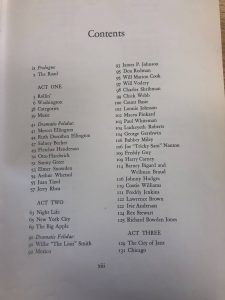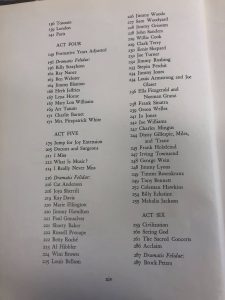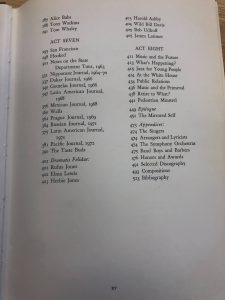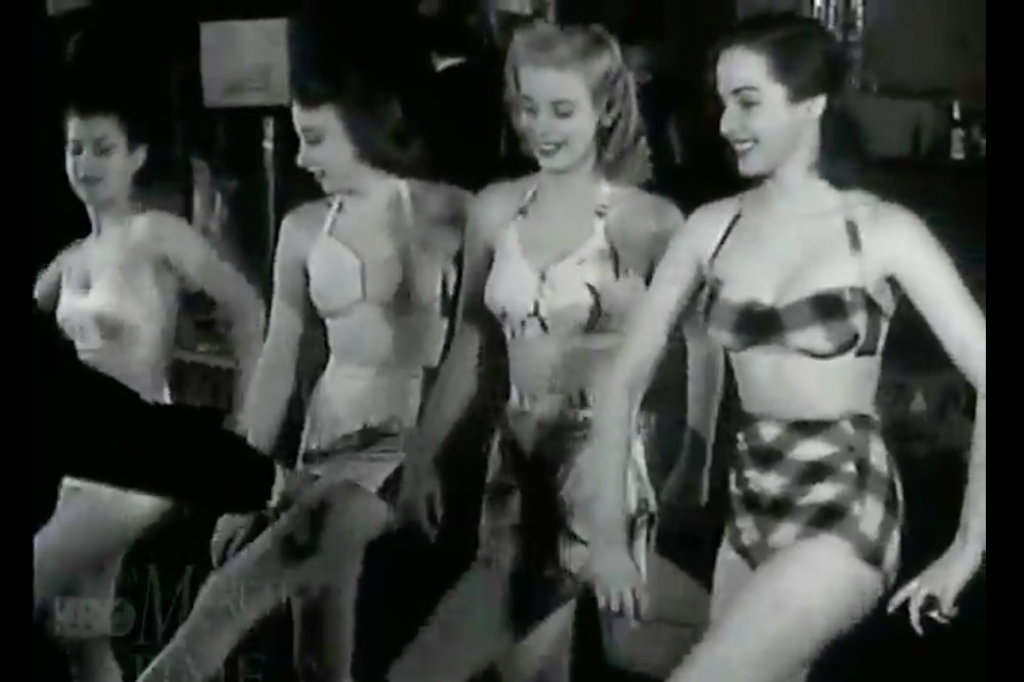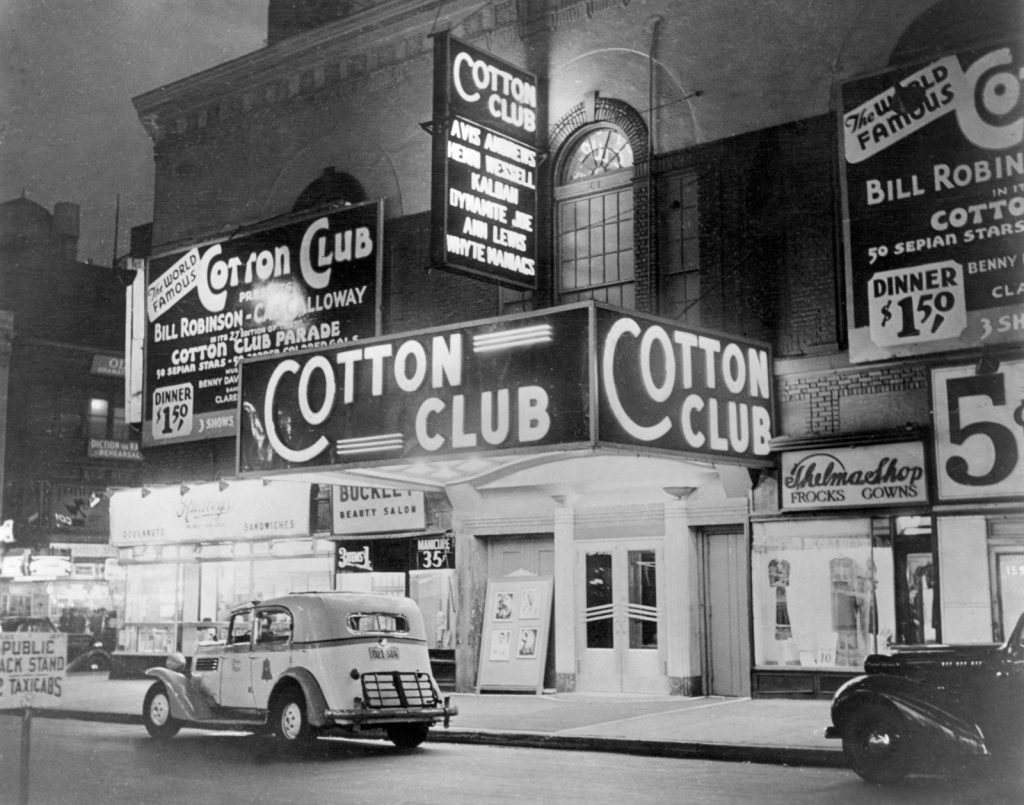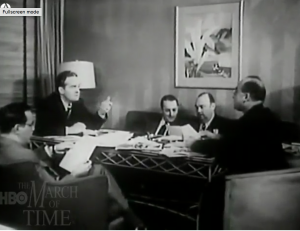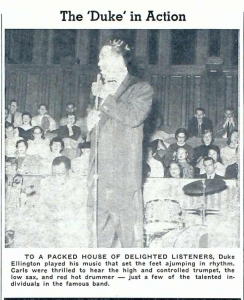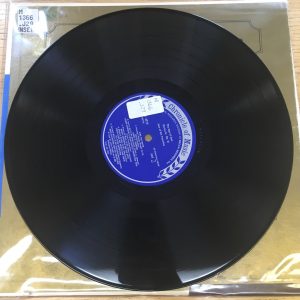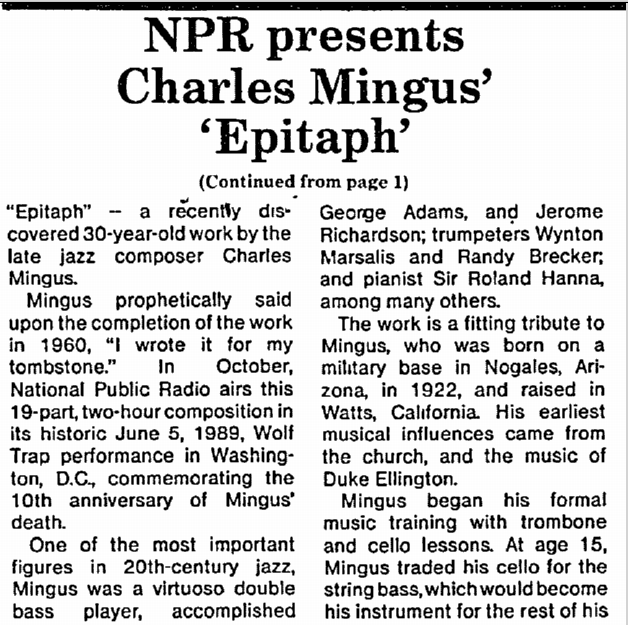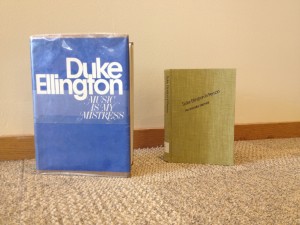A 1948 article from the Chicago Defender describes how Duke Ellington and his orchestra had been industry standards for many years, and expresses remorse how a few days previously, they had broken up. This took me aback, as I was under the impression that the orchestra was continuously operated to this day, having seen modern recordings from the current Duke Ellington Orchestra.
This revelation prompted me to research a bit further, and as it turns out for several years following the second world war, the orchestra was downsized to an octet, following the norm of many other large jazz ensembles. Music tastes were shifting to prefer singers like Frank Sinatra, and jazz was now the best option for smaller clubs with smaller audiences. It was no longer financially viable for large orchestras to operate, as they were simply too expensive. Ellington continued to lose personnel the next few years, and had a decline in his career until his renowned performance at the 1956 Newport Jazz Festival, where a frenzied crowd and the concert extending well past the curfew led to Ellington’s revival and appearing on the cover of Time magazine.
In researching Ellington and reflecting on my own knowledge of the subject, I realized how much more I need to learn about jazz in order to truly appreciate it. I’ve been participation in jazz ensembles for 8 years, but I haven’t bothered to enrich myself in the history of the art. This class especially has helped, but as time goes on more and more people will inevitably forget how important these individuals from decades past were. Dr. Jefferson electing to have jazz 1 play a set that is entirely Ellington for the 150th anniversary concert at orchestra hall is a definite shift from almost all of my experiences in jazz bands, but the sheer impact that his music has had on nearly all jazz music since makes it a no-brainer to perform.
Works Cited
Britannica, T. Editors of Encyclopaedia. “Duke Ellington.” Encyclopedia Britannica, October 30, 2024. https://www.britannica.com/biography/Duke-Ellington.
“Jazz Giant Died when Ellington Band Broke Up: Dominated Jazz World 30 Years, and Remade Era.” The Chicago Defender (National Edition) (1921-1967), Jun 19, 1948. https://www.proquest.com/historical-newspapers/jazz-giant-died-when-ellington-band-broke-up/docview/492732663/se-2.
Sohmer, Jack. “Duke Ellington: Ellington at Newport 1956 (Complete).” JazzTimes, June 26, 2024. https://jazztimes.com/reviews/albums/duke-ellington-ellington-at-newport-1956-complete/.

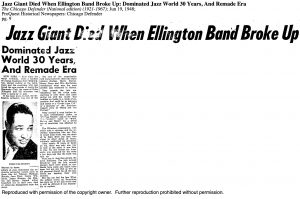
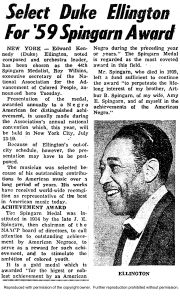
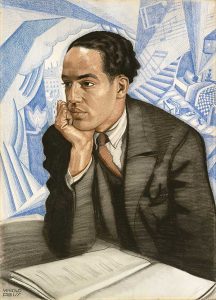
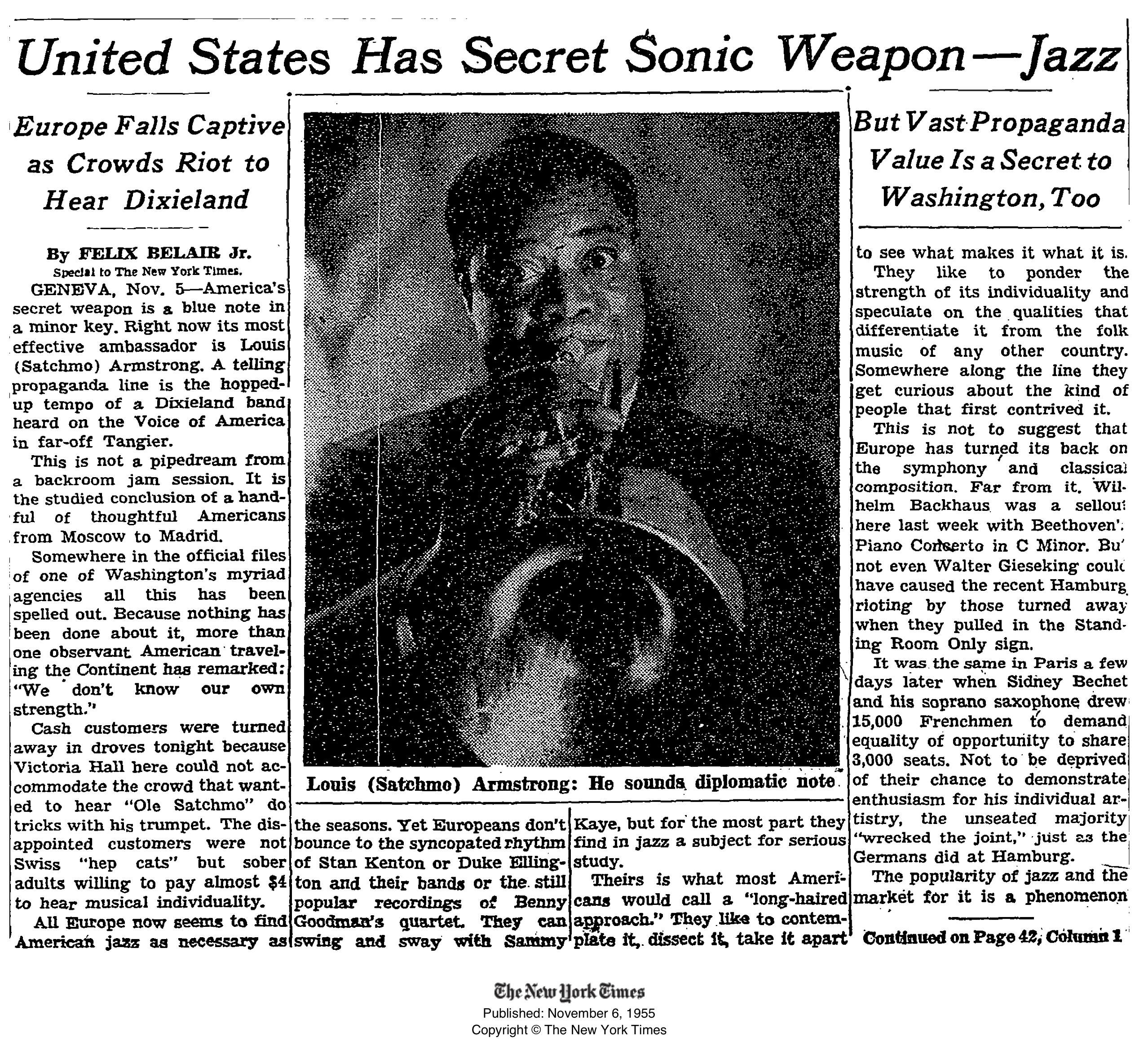
 The book is falling apart at the seams and the plastic jacket put on by the library seems to be the only thing keeping it intact. Enjoying the book so much to the point of wanting my own copy I quickly found it near impossible to find a “new” copy of the book and every copy I can across was in similar condition. Skimming through the book one sees it is set up as a performance with multiple “acts” that divide the book up. The “blurb” or synopsis of the book (written by Ellington) draws the reader in with his third person perspective.
The book is falling apart at the seams and the plastic jacket put on by the library seems to be the only thing keeping it intact. Enjoying the book so much to the point of wanting my own copy I quickly found it near impossible to find a “new” copy of the book and every copy I can across was in similar condition. Skimming through the book one sees it is set up as a performance with multiple “acts” that divide the book up. The “blurb” or synopsis of the book (written by Ellington) draws the reader in with his third person perspective.